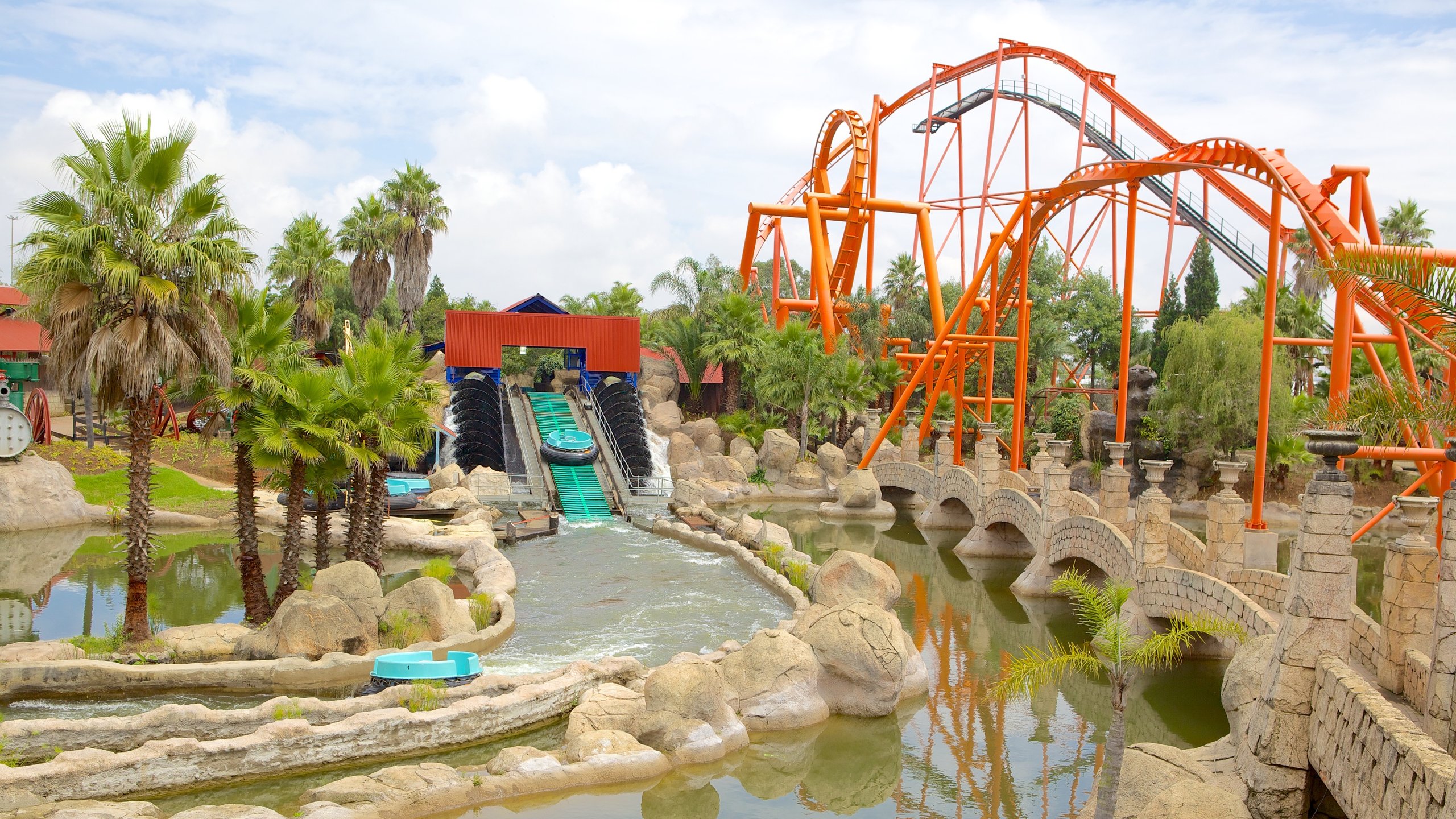Johannesburg North Attractions Things To Know Before You Buy
Johannesburg North Attractions Things To Know Before You Buy
Blog Article
Not known Facts About Johannesburg North Attractions
Table of Contents8 Easy Facts About Johannesburg North Attractions Explained4 Simple Techniques For Johannesburg North AttractionsFacts About Johannesburg North Attractions RevealedThe Buzz on Johannesburg North AttractionsThe Johannesburg North Attractions StatementsUnknown Facts About Johannesburg North Attractions
The city grew on the side of the Witwatersrand Key Coral reef, a below ground stratum of gold-bearing quartz-silica conglomerate that arcs for hundreds of miles under the Highveld - Johannesburg North attractions. Many of the gold mines in the city stopped procedure in the 1970s, but in its day the Witwatersrand gold industry accounted for more than 40 percent of the world's yearly gold production.Johannesburg has a warm environment. Summertime temperature levels average concerning 75 F (24 C); winter temperature levels average regarding 55 F (13 C) and just sometimes dip below cold. The city enjoys concerning eight hours of sunshine each day in both winter season and summertime. Rain standards concerning 28 inches (700 millimetres) per annum, but the complete differs considerably from year to year.
What rainfall the city receives drops virtually solely in the summer season, commonly in spectacular late-afternoon electrical storms. Air air pollution presents a considerable trouble, especially in the cold weather, when thermal inversions restrain the westward flow of air from the Indian Sea. Pollution is most extreme in the densely resolved Black towns on the city's perimeter, where many homeowners still rely on coal for gas.

Johannesburg North Attractions - Questions
The equilibrium of the city is occupied by whites. Lodging varies in character and high quality.
Physical development, although rather limited by transportation, continued promptly as migration to South Africa, and Johannesburg specifically, increased substantially. This problem was solved in the 1930s when the automobile was presented in automation to South Africa. Automobiles were, for the many part, confined to the well-off, and allowed them to transfer to the north of the city and commute right into the centre.
The majority of poor suburbs were combined, with inadequate blacks and whites living together, although the wealthy residential areas were typically booked for whites. This changed with the political election of the National Celebration in the 1948 elections, who started to formalise the system called racism. Racism formally designated which residential areas each race might stay in under the Group Locations Act.
The number of people living in the internal city on a casual basis is unknown, as several are unlawful immigrants. The joblessness, education and learning, and age profiles of the area are all unidentified, due to the difficulty of getting trustworthy information regarding the location.
Get This Report about Johannesburg North Attractions
Centred on the CBD, the region includes the suburbs of Yeoville, Bellevue, Troyeville, Jeppestown, and Berea to the eastern. To the west it infects Pageview (Johannesburg North attractions) and Fordsburg. There are little commercial areas to the south, such as City West-Denver and Benrose. Around 800,000 commuters go through the view it now central city every day, and it works as a regional purchasing node for site visitors from the southern suburbs. Yeoville and Bellevue have a mix of apartment buildings and solitary residential systems on small lots. The region is situated on a mountainous divide that runs from east to west. The most conspicuous geographical feature is Observatory Ridge, which is called for the big observatory located on it. The leisure spaces are no much longer used, because of security troubles.

Johannesburg Arena, a training ground for both the Golden Lions and Orlando Pirates, is nearby. The eastern suburbs of Johannesburg are located in the city's 7th [] and 9th [] areas. The area is also functionally incorporated with East Rand boundary towns outside of the official limit of Johannesburg, such as Bedfordview and Edenvale (both component of Ekurhuleni Metropolitan Community).
Not known Details About Johannesburg North Attractions
The eastern suburbs are some of the oldest areas of Johannesburg, there are big neighborhoods of Jewish and various other European backgrounds, the majority of the populace is English speaking. There are three golf programs as well as a number of protected ridges with viewsites.
The area is primarily composed of old "matchbox" houses, or four-room homes constructed by the federal government, that were built to provide affordable accommodation for black workers throughout apartheid. Soweto is an acronym, standing go for "South Western Townships". Road after street around is lined with matchboxes; nevertheless, there are a few smaller sized areas where prosperous Sowetans have built houses that are a lot more comparable in stature with those in even more upscale residential areas.
Hostels are another noticeable physical attribute of Soweto. Originally constructed to house male migrant workers, many have been boosted as dwellings for pairs and households. The N1 Western Bypass skirts the eastern border of Soweto. The residential area was not traditionally enabled to develop employment centres within the area, so almost all of its residents are commuters to other parts of the city.
All about Johannesburg North Attractions
The N1 Western Bypass attaches the north suburban areas with the north-western suburbs. The household areas in the northern suburban areas are primarily formal, with no significant areas of informal housing, or real estate that lacks a permanent framework. Although this is an established location, there is a pattern of land usage modification from property to commercial, particularly along main arterial roadways and around recognized nodes.
The location is well connected to roadway networks, especially along the north-south axis created by Johannesburg North attractions the M1 and N1. Roadways to the eastern and west are less well developed, as there are no highways taking a trip in that instructions. In the direction of the northern border of the city, the density of advancement lowers, leaving large areas of untaught land around Midrand.
The Main Principles Of Johannesburg North Attractions
, which is situated on a hill overlooking the internal city and Hillbrow.
Report this page